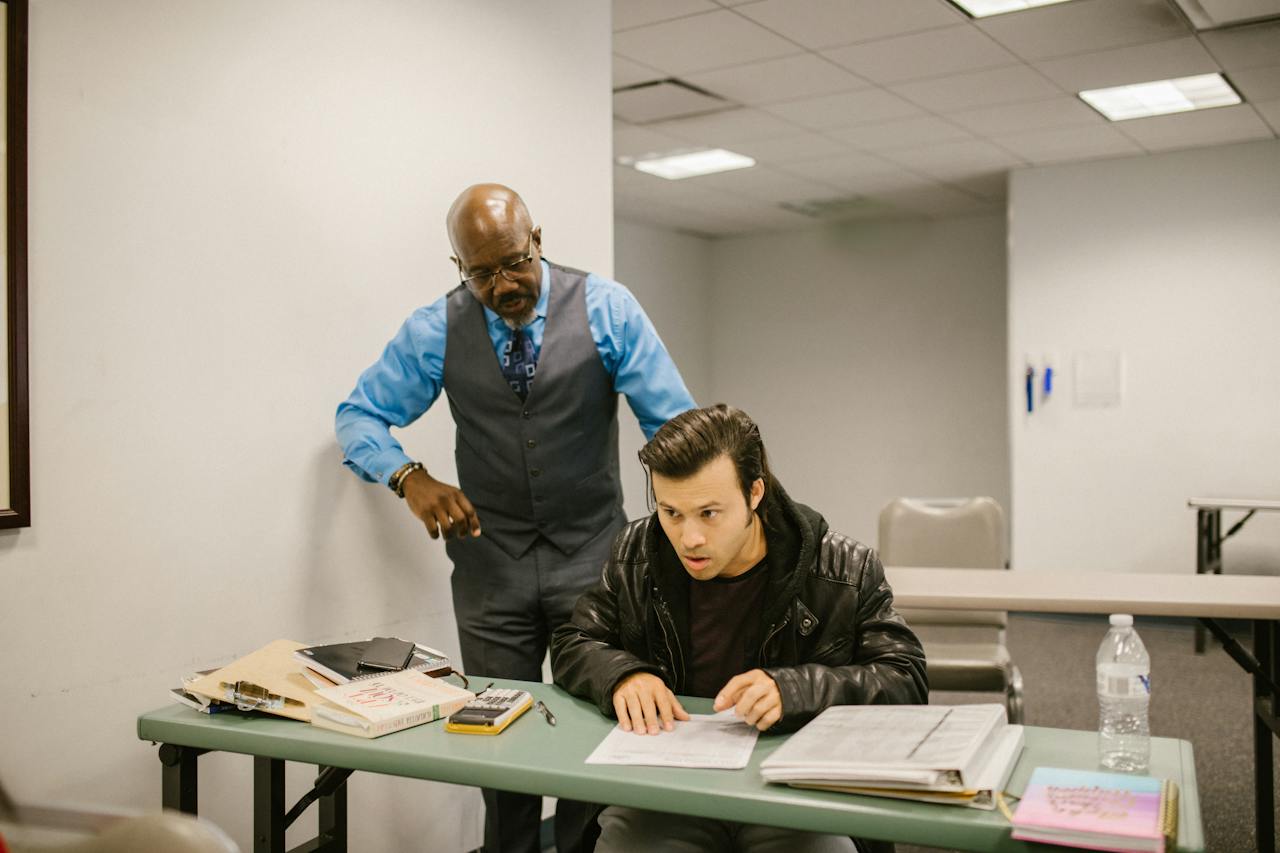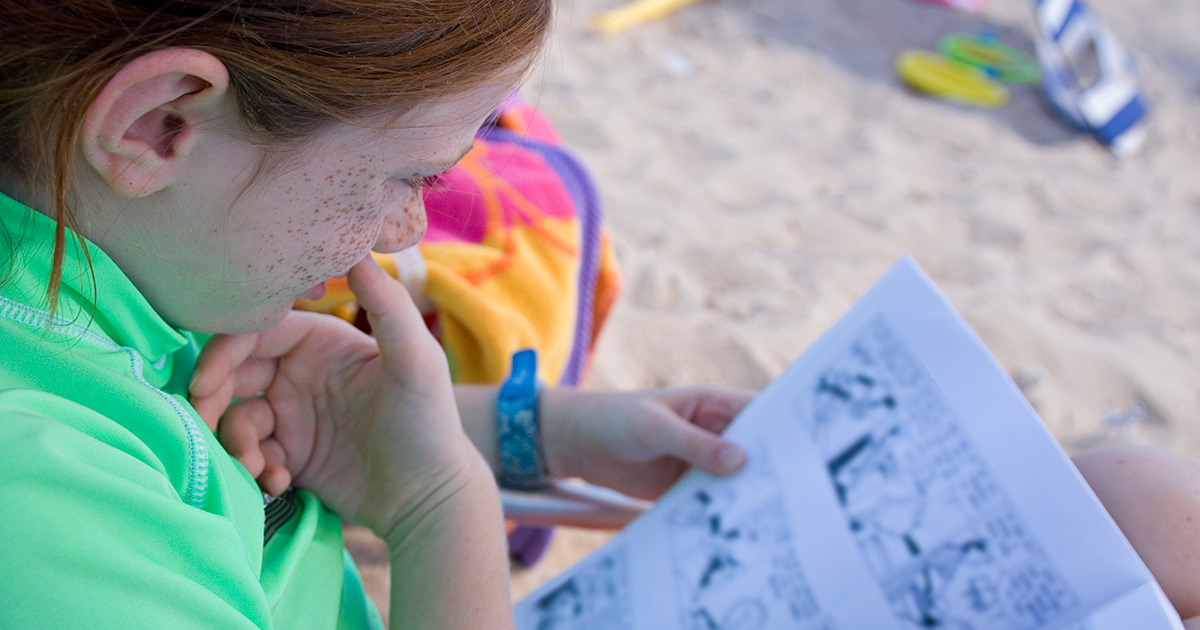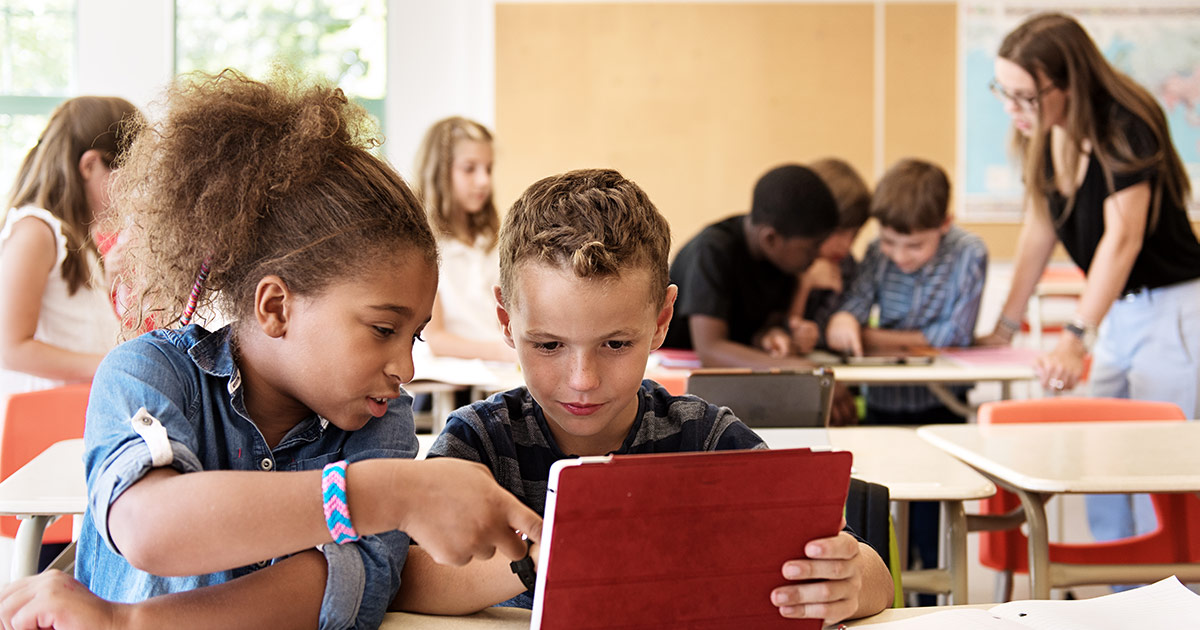
English Language Development
Latest Articles

7 AI Content Detection Tools Teachers Can Use

How to Adopt Sheltered Instruction Strategies (SIOP Model)

Resources for Teaching Language Arts

How to Scaffold Lessons for English Learners in Any Class

How Graphic Novels Help Students Develop Critical Skills

Inclusive Teaching Strategies to Make STEAM Projects Accessible to All Learners

English Teachers: How You Can Use STEAM in Your Classroom

The Lifelong Impact of Illiteracy

Your Guide to Education Lingo

11 Free Reading Comprehension Exercises Online

Effective Teaching Strategies for Adolescent Literacy Teachers
